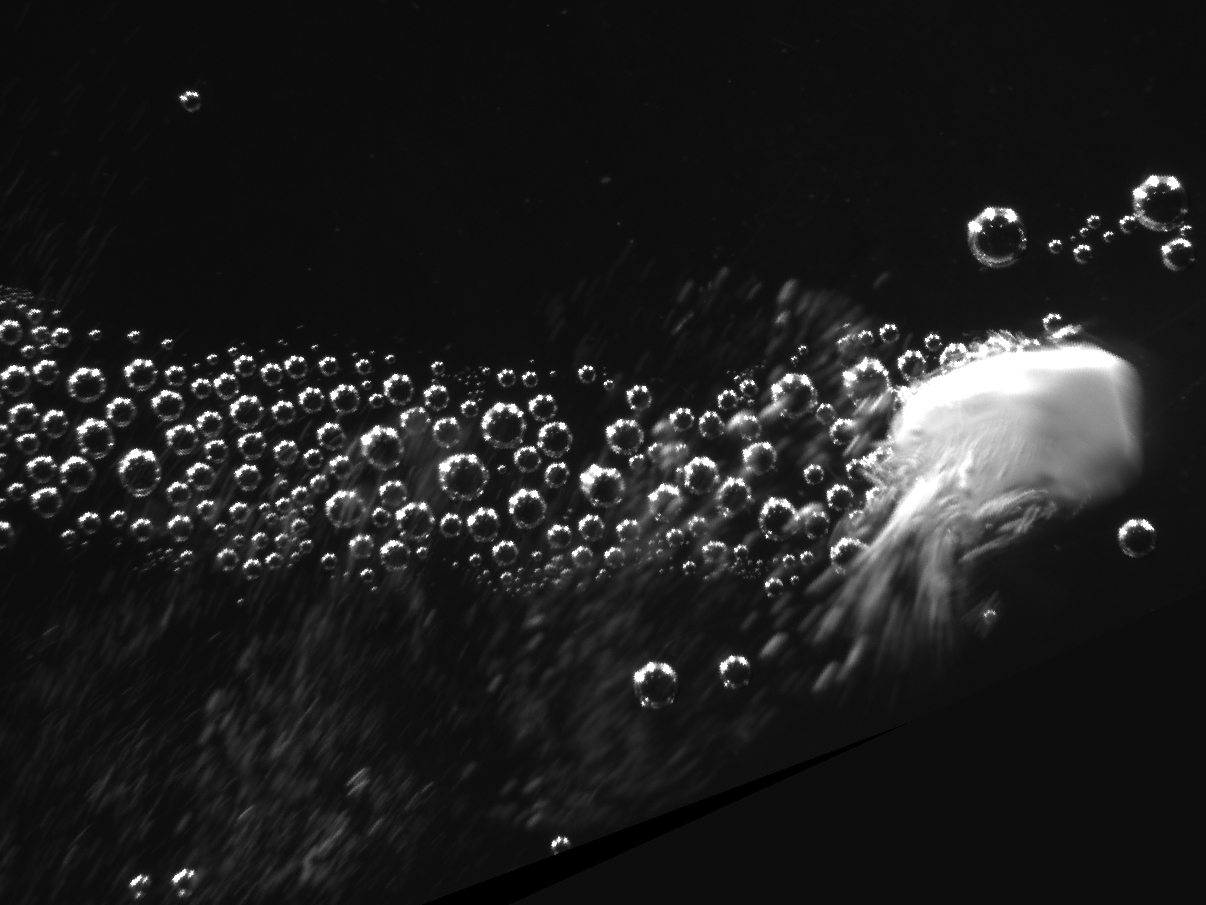Stomach antacids might hold the key to preventing you from bleeding to death!
Catastrophic bleeding, caused by trauma or childbirth, can be life threatening. But without a surgeon on hand to tie off bleeding vessels, options are often very limited.
limited.
Now scientists at the University of British Columbia have used the same chemicals found in stomach-settling medicines to develop a blood clotting treatment that can force its way into wounds and stop bleeding.
Writing in Science Advances, Christian Kastrup and his colleagues have fashioned tiny particles, each just a fraction of a millimetre across, of calcium carbonate that can be mixed with a powder that produces a weak acid when it dissolves.
The ensuing reaction, similar to the fizz when a blob of sherbet is dropped on the tongue, produces carbon dioxide, the bubbles of which propel the particles along like a rocket.
This forces them into blood vessels where they can fizz their way upstream against the blood flow for a short distance.
The particles also carry a "clotting cargo" in the form of an enzyme called thrombin. This activates the clotting factors present in blood plasma, triggering the formation of a thrombus - or blood clot - inside the vessel, closing it off.
In tests on mice, bleeding from an incision on the tail ceased within ten minutes in nearly 80% of the animals when the particles were applied to the wound site. Only 25% of the control animals stopped bleeding within the same period of time.
In a separate experiment, mice with lacerations to the liver that were treated with the particles lost blood volumes half as large as control mice, and in pigs with arterial lesions that were treated with gauzes impregnated with the particles, survival rates were 100% compared with only 40% of control animals treated with traditional pressure dressings.
According to the team, their self-propelled particles may have uses beyond the management of haemorrhage.
"This system may have far-reaching applications for the delivery of therapeutics other than coagulants to sites of injury and hemorrhage. Calcium carbonate adsorbs biomolecules nonspecifically; therefore, a wide range of therapeutics can be loaded and propelled..."









Comments
Add a comment